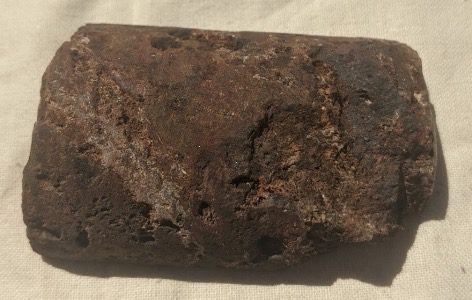Eclipse Metals Ltd (ASX: EPM) has confirmed the Ivittuut project in Greenland’s potential to contain deposits of high-grade quartz, cryolite, siderite, sphalerite and carbonate material.
The company received the promising laboratory analysis of samples from historical diamond drill core from its exploration licence MEL2007-45 in southwestern Greenland.
Eclipse collected samples from historical drill core stored in a Greenland Government facility in Kangerlussuaq for analysis by an Australian laboratory using MEMS81, ME-ICP06, and ME-XRF26 methods to identify multi-commodity mineralisation within the project area.
Very low uranium values ranging from 0.7 to 24.3ppm are well below the Greenland Government legislated maximum of 100ppm Sample analysis from selected sections of drill core returned significant values for a range of heavy and light rare earth elements (HREE and LREE) in both the Ivittuut mine precinct and nearby GroneddaleIka carbonatite area.
Core from the Ivittuut mine precinct which contained fluorite yielded a total REO (Rare Earth Oxides) value of 536.6 ppm. This is the first time that REE mineralisation has been confirmed within the Ivittuut mine sequence. Samples from Gronnedal-Ika carbonate returned values up to 22,695ppm total REO.
Samples of diamond drill core from the historical Ivittuut cryolite pit returned high grades of SiO2 (silica) plus, unexpectedly, significant values for rare earth elements.
Evaluation of the quartz body below the cryolite pit is a primary aim of exploration. This area has not been systematically explored for other commodities, including the REE mineralisation ofthe carbonatite complex, which has been well noted in academia.
At Ivittuut the company’s sampling programme was centred on the quartz body below the pit, samples of which returned assay of 99.7%, 99.39%, 99.65% and 99.12% SiO2.
Both heavy and light rare earth elements were noted in assays from Ivittuut core samples.
Samples of core from three of the diamond cored holes drillied in the Gronnedal-Ika carbonatite complex in the 1940s returned very significant analysis for rare earth elements with up to 22,695ppm total rare earth oxides.
These holes were originally drilled to explore for deposits of magnetite (iron ore) which had developed in the contact area of later intrusive dolerite dykes. The magnetite intersections were shown to be narrow and intermittent but recent sampling has returned very significant analyses of light and heavy rare earth elements.
Ivittuut is located in southwestern Greenland and has a power station and fuel supplies to service this station and local traffic to support mineral exploration.
About 5.5km to the northeast of Ivittuut, the twin settlements of Kangilinnguit and Gronnedal, respectively provide a heliport and an active wharf with infrastructure. The Gronnedal-lka carbonatite complex is less than 10km from Ivittuut and only 5km from the port of Gronnedal.
This complex is also one of the 12 larger Gardar alkaline intrusions in Greenland and is recognised as one of the prime REE targets in Greenland by GEUS along with Kvanefjeld and Kringlerne (Tanbreez).
For further information please visit: https://www.eclipsemetals.com.au/












